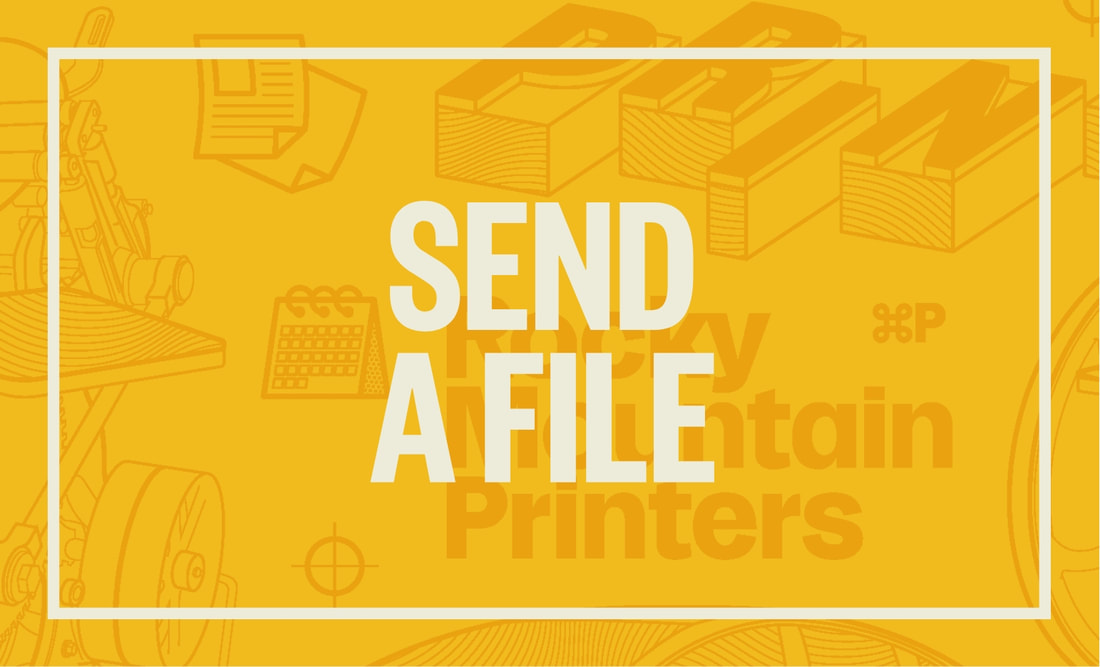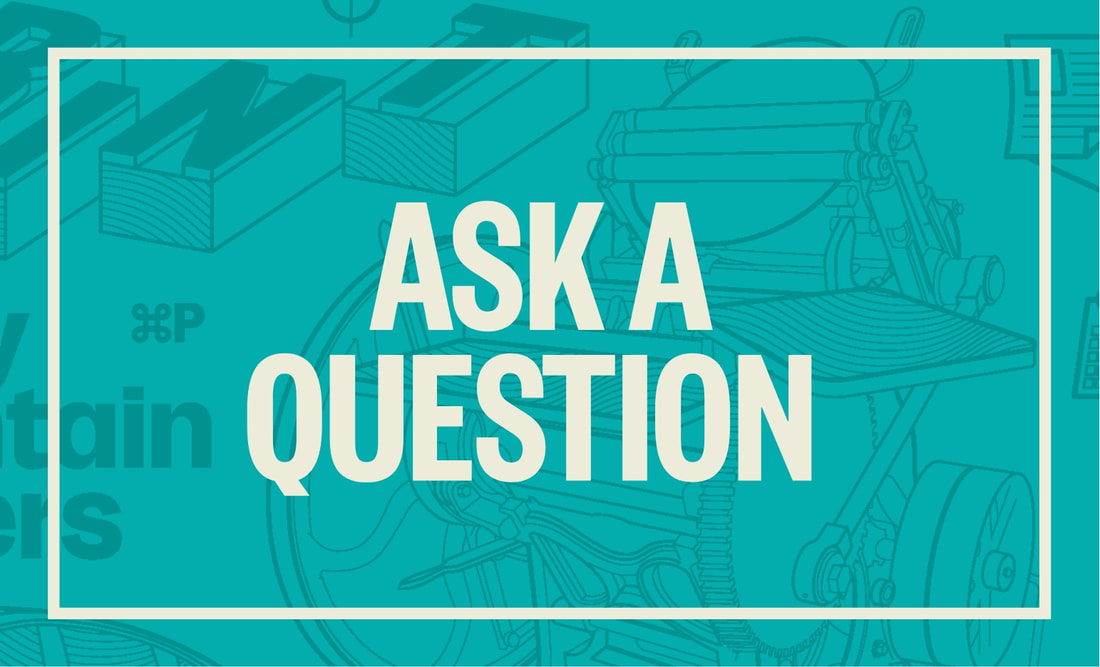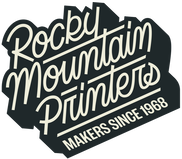Frequently Asked Questions
We know that tons of questions come up when trying to plan a print job. Here you'll find answers to common questions our clients ask.
What are my paper choices?
As a commercial printer, we have a huge range of paper available to us. Much of it we carry in-house and some is by order. The best way to choose is to stop by. We can show you samples of things we've produced in the past or compare your samples with what we have.
How long will my order take?
Our turnaround time is typically 5 business days though it can often be faster. Production time depends on communication, file quality, quantity, printing processes and our current workflow. Our CSR will work with you to ensure we meet your deadline and get your products to you on time.
What file format do you prefer?
We need a 1-up, Press-Ready PDF file with crop marks and bleed. A PDF is a standard file format used in the print industry as it is not dependent on application software or hardware to display. It encapsulates images, fonts and other information required in one file for easy viewing, electronic transmission and printing.
What is a vector?
Vector graphics are illustrations created using design software (such as Adobe Illustrator) and can be scaled larger without any loss of quality. Vector graphics are assigned a mathematical expression that the design program reads and uses to create the visual form of the shape. This means when you scale the vector graphic, the program simply re-draws it larger, so the shape is preserved at the highest quality.
What is bleed?
Bleed is the artwork that extends past the trim line or finished size of your product. If any element of your artwork is designed to be printed to the edge, it must be extended past the trim line and into the bleed area by a minimum of 0.125".
The addition of bleed compensates for uncontrollable shifts that occur during the printing and trimming process; and ensures that any content touching the edges does not leave unwanted gaps or borders.
The addition of bleed compensates for uncontrollable shifts that occur during the printing and trimming process; and ensures that any content touching the edges does not leave unwanted gaps or borders.
Why do the printed colors look different from the colors on my screen?
In short, printers and monitors produce colors in different ways.
Monitors use the RGB (red, green, blue) color model, which usually supports a wider spectrum of colors. Printers use the CMYK (cyan, magenta, yellow, black) color model, which can reproduce most—but not all—of the colors in the RGB color model. Depending on the equipment used, CMYK generally matches 85–90% of the colors in the RGB model.
Monitors use the RGB (red, green, blue) color model, which usually supports a wider spectrum of colors. Printers use the CMYK (cyan, magenta, yellow, black) color model, which can reproduce most—but not all—of the colors in the RGB color model. Depending on the equipment used, CMYK generally matches 85–90% of the colors in the RGB model.
What forms of payment do you accept?
We accept cash, debit, cheques and most major credit cards. We can also set up a business account for you, as well. Contact us for details.
Is white considered a printing colour?
Not typically. Because white is the default color of paper, it is simply recognized as the absence of any ink. However, when using colored paper, white ink may be used if any text or graphic requires it.
What is a proof?
A proof is a way of ensuring that we have set your type accurately and that everything is positioned according to your requirements. Typically, we will produce a proof which will be sent to you online or printed on paper which can be viewed in our shop or delivered to you in person.
What is the Pantone Matching System?
The Pantone Matching System (PMS) is a color reproduction standard in which colors all across the spectrum are each identified by a unique, independent number. The use of PMS allows us to precisely match colors and maintain color consistency throughout the printing process.
Does stock choice have an effect on colour?
Yes. All stocks are slightly different shades ranging from blue white to warm white which will change how you see the picture. Coated stocks will be the most vibrant as the ink does not get absorbed as much as uncoated keeping the print dot much sharper.
What resolution should I use for the images in my artwork?
We recommend that all images be saved at 300 dpi.
Will you share my information?
Absolutely not. We keep all customer information internal. Occasionally, you may receive offers and announcements from Rocky Mountain Printers via e-mail. You may unsubscribe from these messages at any time.




